So you wanna know more about fables and fairy tales? What are their basic characteristics? What do they share and where are the main differences? While most people don't really care, others know that each literary form has its own structure, own set of rules, and - not last, and definitely not least - its own goals.
Fairy tales and fables are related, of course, and we tend to connect both with children. We expect both in colorful books and adapted to cartoons. Well, such thinking soon leads us to slippery terrain. I believe the majority of people can point at the morals of fables and fairy tales, and maybe also note the difference in their lengths, yet there is much much more, and here is a chance to make things straight once and for all.
Or at least until a better article pops up. So here is a list of 10 differences between fairy tales and fables!


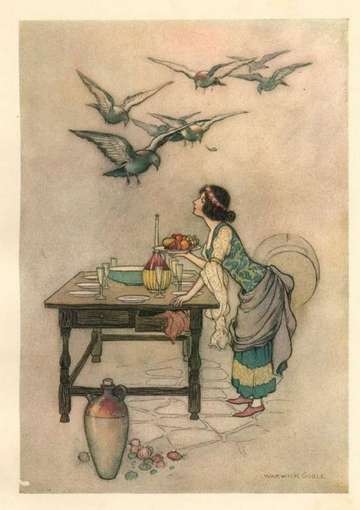
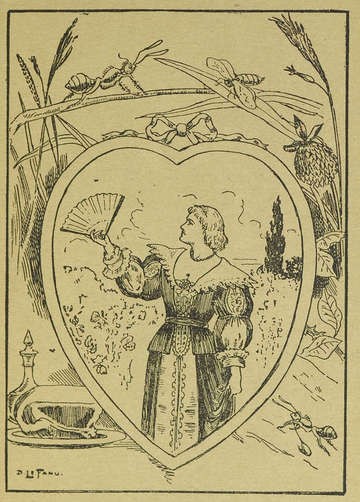
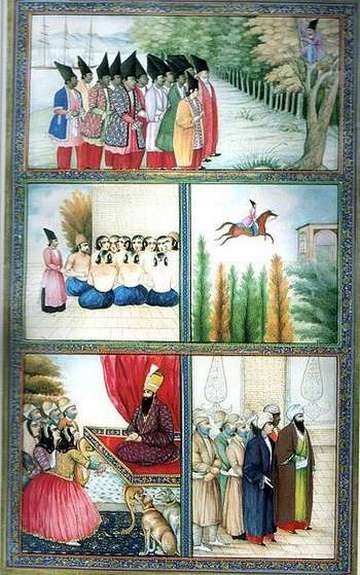
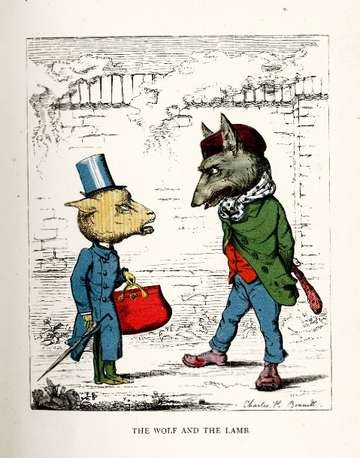
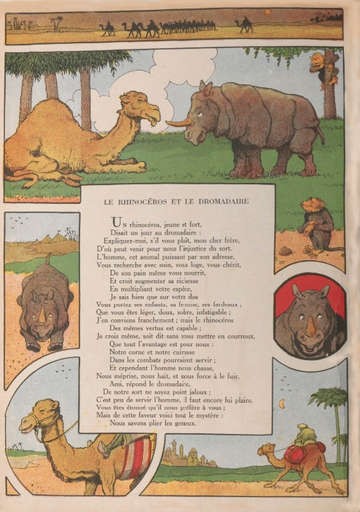
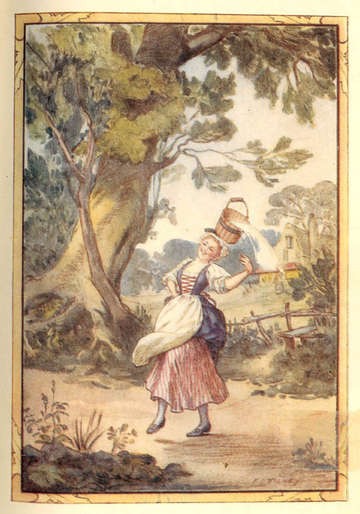

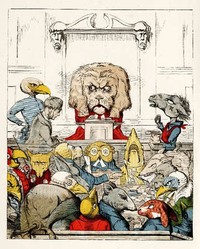

 Vintage Postcard Artists with 10 Examples of Easter Cardson 02/21/2025
Vintage Postcard Artists with 10 Examples of Easter Cardson 02/21/2025
 Valentine's Symbolson 01/23/2025
Valentine's Symbolson 01/23/2025
 Thanksgiving Symbolson 11/12/2024
Thanksgiving Symbolson 11/12/2024
 Famous Witches in Literary Historyon 10/06/2024
Famous Witches in Literary Historyon 10/06/2024

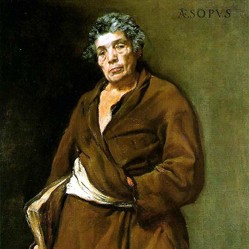
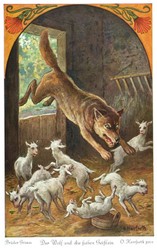
Did You Learn Something New?
Indeed, DerdriuMarriner, educational values of fables and fairy tales overlapp . Kids, the 'original' audience of fables were royalty and they had private teachers who were often athors and always superb storytellers. No, I am not familiar with graphic versions of modern Rapunzel or Snow White. Of course, the audience is different but we should also mention Brothers Grimm were not so very popular in the 19th century with seven editions of their collection of fairy tales while Bechstein, for instance, had over forty. Grimms just stood the test of time with their constant rewritings which continued until today.
The third difference, Audience, becomes quite an eye-opener what with fairy-tale reputations nowadays oft communicated in happy, upbeat blues and pinks.
Catering to "a spoiled adult audience" contradicts 21st-century filmed and graphic-noveled and rewritten representations of fairy tales that dare their political correctness not at all in "rough and saucy humor" unkind to the time's "underserved" peoples.
For example, have you seen graphic-novel versions of Rapunzel and Snow White?
Fairy-tale initial audiences look quite different from Grimm-brothered fans.
Your third difference, Audience, advises us that "We already stated that fables were written for teaching kids."
Did that kids-teaching exist on its own or was it accompanied by something adults-teaching? (Or were adults expected to be kids grown up for the better because of their exposure to fables early on;-D?)
It's interesting that the Grimm Brothers looked at fairy tales as educationally entertaining and entertainingly educational.
Grimm emphases on moral values puts fairy tales closer to or overlapping with fables.
Might there be overlaps in fable and fairy-tale moral values? Or would fables have emphasized some sets and fairy tales others?
Everything's fine, DerdriuMarriner. I am glad to have so active commenter. Have a great day!
Looking over my comments caused me to consider a possible confusion in my question-phrasing.
Fairy-tale goals of entertainment delight me even as their added goals of irony and sarcasm regarding moral values disappoint me.
Is that clear from my phrasing?
There's no way that I'd want you to think that I was disappointed in this wizzley or in fact in any other of your ever-educational, ever-entertaining wizzlies;-D!
Originally, fairy tales, were made for aristocracy who mocked the lower class with their wishful thinking. Later, when they become more educational, the values presented to lower class, were still the values of the upper class. The chance to climb the social ladder is still very close to zero. Not impossible, yet very very close.
This is possible, yes.
Yes, it's possible. No, I am not familiar with Ms Petzinger's work. Every picture, in my opinion, presents a story and every story can be seen as a fable.
The second difference, Goal, disappoints me when I discover what fairy tales deemed apart entertainment.
Might the added irony and sarcasm arise from lower classes trying to replace upper classes or upper classes trying to suppress lower classes when the two started sharing entertainment forms?